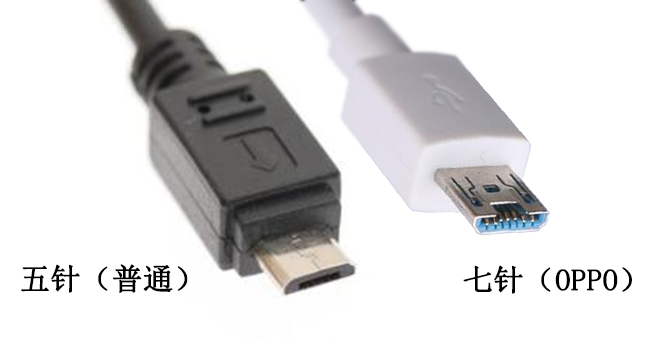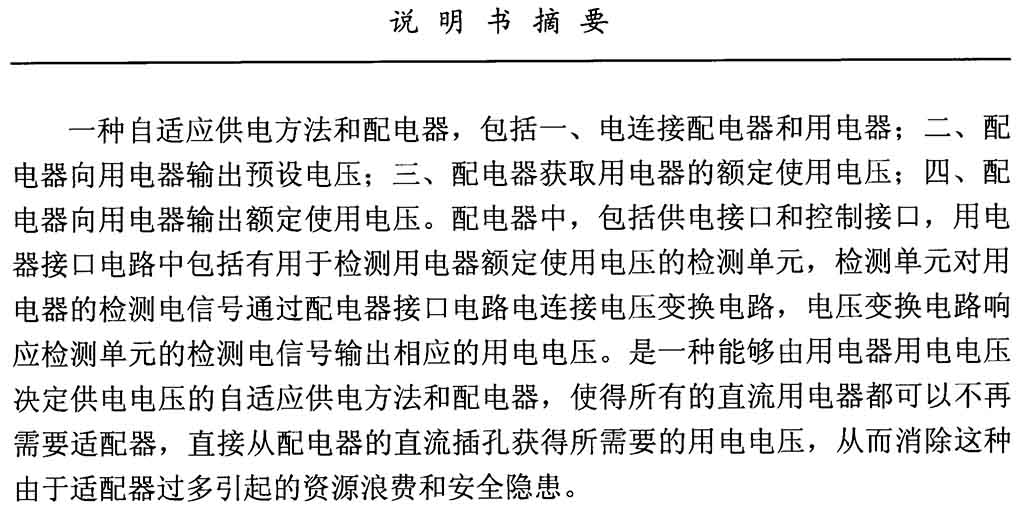QC and PD who are the Terminator
The past two years, smart phone technology development stalled, fast charging seems to be a fig leaf of the industry. For a time warlords, and high-pass, oppo, mtk, Huawei have launched their own fast charging technology, their flags, exclaimed. This year, Type-C interface and USB PD communication protocol, but also for this melee to provide a new battlefield, so many businesses looking at dizziness, how a mess.
Before we can get rid of these protocols, let's return to the charge itself. At present, the charging technology to consider the following three main issues:
First, the battery's ability to accept.
Second, the adapter power to provide capacity.
Third, the phone's charge management and cooling capacity.
The first point, charging this thing, that the popular point is to feed the battery. First of all have to consider the feelings of the battery. To the current market is more popular iphonex plus, Huawei P9, Le 2, millet note, for example, the battery capacity of not more than 3000mAH. According to 4.35V as the highest voltage, 1.5C charge point of view, the maximum acceptable charging power is about 20W, of course, this is the limit. In addition to power reception apability, but also to the current capacity to accept. In the 1.5C charge, 3000mAH battery charging current will reach 4.5A, therefore, the battery contacts and batteries within the current transmission structure must be necessary to optimize.

The second point, without regard to the interface to bear the capacity of the case, 20W power adapter is easy. However, the traditional Micro USB interface, the standard specification which the maximum current carrying capacity is 2A, the maximum voltage is 5.25V. Only 10.5W, can not meet the requirements of 20W. How to solve this problem? Obviously there are two solutions, increase the current, or raise the voltage. If you do not change the physical interface, increasing the current is not possible option, so to enhance the voltage, is the Micro USB era, the only option, which is high-pass QC fast charging method of origin. Therefore, we can see, 1.5A is the standard recommended by the QC current, because 2A is the limit of Micro USB, the industry's general consensus is not to limit the use of the device, but to reserve margin. In this regard, OPPO and Qualcomm go the opposite way, they give Micro USB in the physical patch, an additional contact pin, specifically used to transmit high current. The maximum charge current reaches 4.5A, but the voltage remains at 5V. The same reached more than 20W of power transmission. The Type-C interface, so that this problem no longer exists, because the TYPE-C port supports up to 5A input current, fully able to meet the existing mobile phone battery fast charging needs.

The third point, the phone's charge management and cooling capacity. Charge management, will inevitably involve voltage conversion, constant current control and other sectors, bringing the decline in efficiency and heat dissipation problems. Therefore, in theory, the best charge design is not within the phone charge management, fully to the external adapter to control. At this point, QC is more disadvantage, because the high-voltage low-current input, will inevitably lead to cell phone internal energy conversion, into a low voltage and high current. This will bring mobile phone cooling on the big problem. Therefore, from a technical point of view, QC's historical limitations, has been highlighted. The more serious problem is, TYPE-C interface and USB PD are prohibited in addition to USB PD other than the way to adjust the charging voltage. Qualcomm has made great efforts to convince the USB-IF organization, trying to TYPE-C interface, so that QC and PD coexist. However, unfortunately, was relentlessly rejected, the latest TYPE-C 1.2 and USB PD3.0 maintained on the description of this feature. Therefore, QC both in technology and in theory, will face the danger of being eliminated. Of course, Qualcomm itself is very clear this trend. As a result, the negotiation function of the USB PD has been integrated in the latest processor core.
Comprehensive above, has basically explained, PD will be QC's Terminator, fast charging standard final battle, will be started in the PD battlefield. The MTK is the first to capture the hills, the first to launch a PD-based fast charging standards, trying to restore the competition in the first round, Qualcomm QC suppressed by the decline. The mainland side, Huawei has sharpened. Will soon launch its own USB PD-based fast charging standards. In the new war is about to kick off, but another shocking news, QC and other fast charging technology, have been a domestic company in 2012 to apply for a patent open and covered, and the The patent, has been authorized this month. Let us look at the technical content of this patent:

From the figure we can see that this patent was accepted in January 2012, the patent title is "an adaptive power supply and distributor", in fact, a fast charge of the core idea is to according to the battery The variation of the volt-ampere characteristic during the charging process, from the supply of the supplied charging end. As a result, most rapid-charge technologies, particularly those that place part of the charge management function on the adapter side, are likely to be covered by this patent. The patent has been applied to LDR6021, LDR6023 and other chip products.

Let us take a look at this patent summary, the purpose of the patent application is to destroy the adapter, protect the environment, eliminate power security risks. This with the current TYPE-C and USB PD technology in the power transmission characteristics do not coincide?

This claim 1, that is not QC?


( Patent specification )
The original, PD and QC adapter, in 2012, it has been designed out. This patent authorization notice has been issued, is expected within two months to obtain a certificate. At the same time, the company in this area there is another patent in March of this year received a notice of acceptance:

On this patent, based on USB PD common protocol, without the use of fast charging VDM Xiaobian will be described separately, and we look forward to continued attention.
C-Force is dedicated to USB TYPE-C interface and USB PD protocol technology research group, the follow-up will be launched from "USB PD2.0 to USB PD3.0", "VMD-free Universal USB PD adaptive voltage adaptation technology "And other industry-related papers, welcome attention.
In the last article came out, there are many friends ask Xiaobian LDR-PD01 and LDR-PD02 Taobao link, so tell everyone:https://item.taobao.com/item.htm?spm=a230r.1.14.3.uEoiJX&id=533824742211&ns=1&abbucket=4#detail

